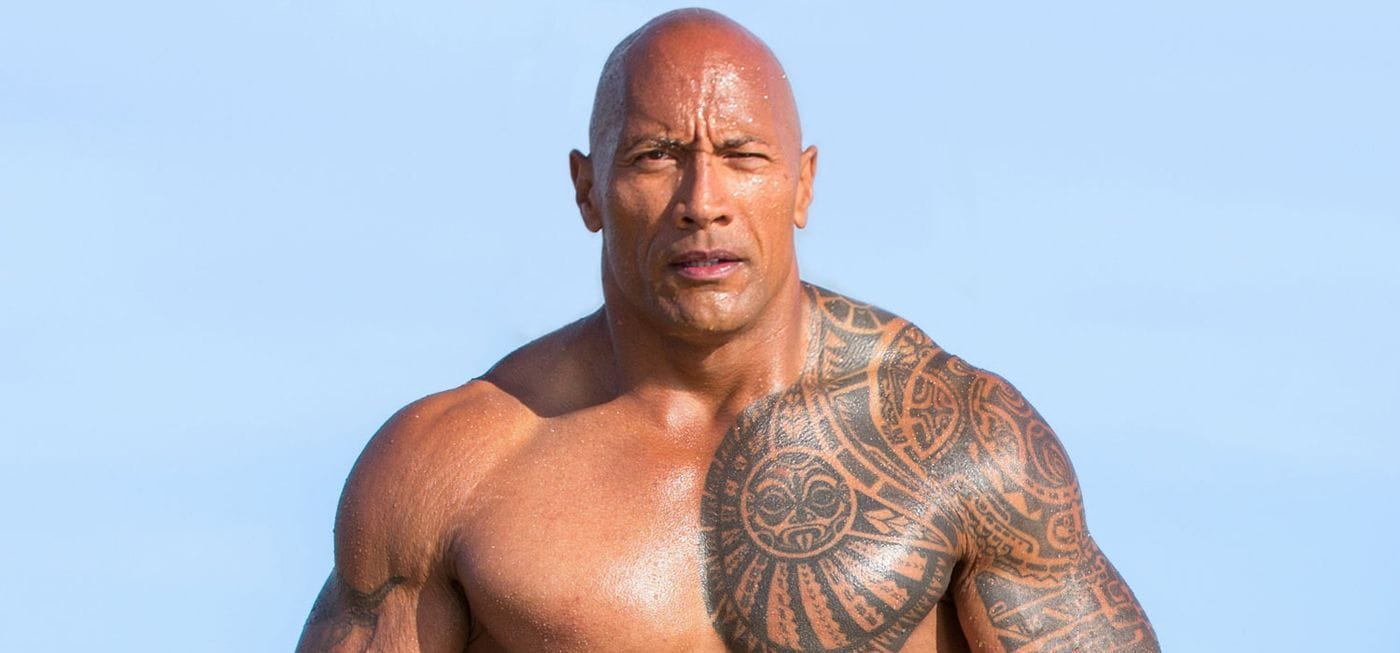
Tattoo as Symbol: From Polynesian Heritage to Hyper-Masculine Branding
But recently, a darker turn has emerged: far‑right manosphere communities have co‑opted the imagery to project their own narratives.
Dwayne Johnson’s elaborate Polynesian tribal tattoo, which covers his left shoulder and chest, is a deeply personal homage to his Samoan ancestry, family, and spiritual lineage. The tattoo tells stories of his ancestors, protection, identity, and cultural pride—a celebration of connections to his people and their traditions .
Over time, Johnson’s tattoo helped shape his public persona as “The Rock”—a millennial icon of strength, resilience, and crossover appeal. Tattoo culture, especially tribal designs, has since proliferated in Western mainstream fashion. But recently, a darker turn has emerged: far‑right manosphere communities have co‑opted the imagery to project their own narratives.
The Manosphere’s Aesthetic: Tattoos, Tribalism & White Masculine Identity
The manosphere—an online ecosystem encompassing incels, MRAs (Men’s Rights Activists), MGTOW (“Men Going Their Own Way”), and PUA (pick‑up artist) influencers—has become increasingly aligned with far‑right ideologies, including white nationalism and misogyny .
Key themes within this alignment:
- Idealization of hyper-masculine tribalism: Figures such as Jack Donovan openly advocate for a “tribal,” warrior‑based male identity that excludes women from political or moral power .
- Symbolic use of tribal aesthetics: Tattoos depicting tribal and Norse runes have become visual shorthand for rejecting “effeminate” modern society and embracing a primal, warrior ethos .
- Overlap with far‑right iconography: A 2023 analysis notes shared mythic narratives among the manosphere and far‑right—emphasizing racial hierarchy, anti‑feminism, and cultural purity .
In short, tattoos once rooted in cultural and familial meaning have been rebranded in manosphere spaces as proof of manliness, alignment with “strong warrior values,” and defiance of feminized norms.
Appropriation of Johnson’s Tattoo: A Detour into Extremist Signaling
While there is no centralized movement explicitly declaring, “We wear Dwayne Johnson’s tattoo,” there is a clear symbolic leveraging of his imagery across manosphere and far‑right forums:
- Visual mimicry on social mediaSelf‑described manosphere influencers often post side-by‑side comparisons of their own tribal-style inks next to Johnson’s tattoo, framing it as the ultimate archetype of masculine aesthetics.
- Narratives of primal authenticityThese influencers frequently extol Johnson’s tattoo as more than decoration—it is lauded as a badge of untamed masculinity, supposedly embodying primal warrior traditions derailed by modern feminism.
- Digital collectibles and filtersA growing trend: tribal-design digital overlays, e‑stickers, and Instagram filters claim the aura of Johnson’s tattoo without its lineage—stripping religious and cultural significance, and transforming it into mass-market hyper-masculine branding.
This is far from harmless fandom. What was once cultural storytelling becomes instead a signal of belonging to a movement that valorizes male supremacy, patriarchy, and racial hierarchy.
What the Tattoo Signals in the Manosphere Context
1. A rejection of “Feminized Society”
The manosphere and adjacent far‑right groups often frame modern culture as “feminized”—implying that both masculinity and societal structures have been emasculated by feminism and progressive values . Tribal tattoos, especially in Johnson’s example, are positioned as proof of reclaimed virility and primal identity.
2. Cultural appropriation without accountability
Johnson’s tattoo is deeply rooted in Samoan culture—each symbol is genealogical and spiritual. In contrast, manosphere adopters use tribal designs as decorative armor, divorced from their embedded meaning. This erasure of cultural roots underscores the broader dynamic: extraction of identity signifiers without respect for their origin.
3. Visual alignment with far‑right tribal mythos
Think Jack Donovan’s “tribal brotherhood” vision , or Bronze Age Pervert’s glorification of heroic body aesthetics and warrior masculinity . Johnson’s tattoo visually harmonizes with these narratives—becoming a gateway aesthetic to far‑right masculinity.
4. Gateway to broader extremist alignment
Scholarly analyses show the manosphere often functions as a gateway to alt‑right spaces . The embrace of tribal tattoo aesthetics is one visual marker among many—providing symbolic entry into a radicalized worldview rooted in misogyny and ethnic hierarchy.
Why This Matters: Culture, Symbolism & Radicalization
The appropriation of Johnson’s tattoo by far‑right manosphere groups is meaningful for several reasons:
1. Symbolic violence
By repurposing culturally meaningful symbols for extremist aesthetics, these communities commit an act of symbolic violence—degrading authentic identity and power for promotional barbs against “the modern world.”
2. Subtle radicalization
Such imagery becomes a low-threshold form of soft radicalization—fostering in-group identification that can escalate from aesthetic to ideological commitment.
3. Masked recruitment
Newcomers may be drawn first to tribal tattoo aesthetics seen in Johnson’s likeness, unaware of the deeper misogynistic or racial ideology beneath. This surface appeal can serve as a cloaked recruitment vector.
4. Cultural erasure
Finally, it perpetuates the broader cultural issue: powerful traditions of non-white peoples are commodified and emptied, repackaged to support the narratives of white supremacist and male supremacist movements.
Conclusion
What began as a culturally sacred, familial expression with meaning rooted in Samoan lineage has been hijacked by parts of the manosphere and far‑right. Dwayne Johnson’s tribal tattoo—originally a symbol of ancestral belonging—has been refashioned as a brand of hyper-masculinity, militaristic identity, and anti-feminist primalism.
This phenomenon is emblematic of deeper patterns: the decontextualized appropriation of Indigenous aesthetics, the visual branding of male supremacist values, and the subtle but real radicalizing potential of these identities.
The broader lesson is urgent: we must remain vigilant to how symbols are wielded—even something as publicly beloved as The Rock’s tattoo can become—if not reclaimed—a tool of ideological exclusion, not cultural celebration.
References
- Johnson’s tattoo meanings and cultural roots
- Description of manosphere, its ideology, and far‑right ties
- Jack Donovan on tribal masculinity
- Tribal runes and far‑right adoption
- Violence, “feminized society,” and cross‑ideological symbolic alignment
- Studies on manosphere as gateway to alt‑right






Comments